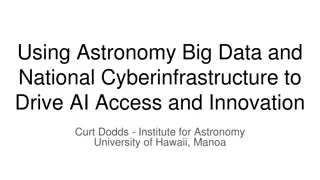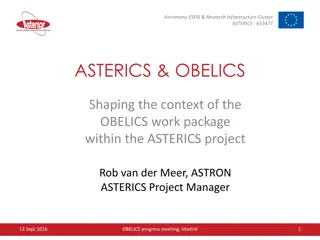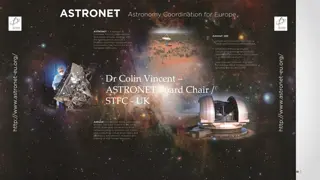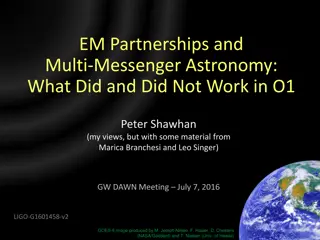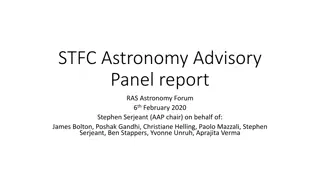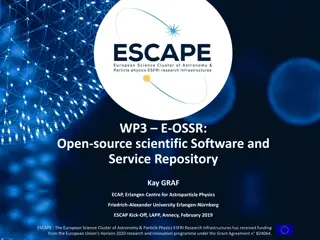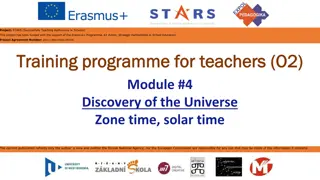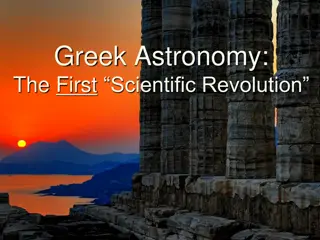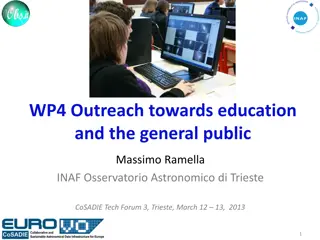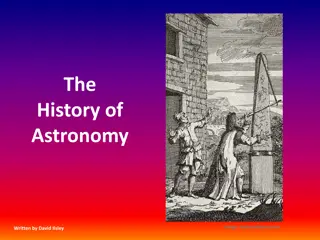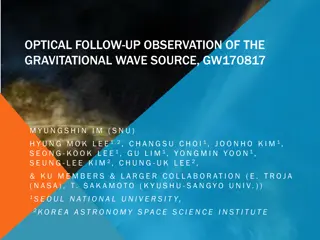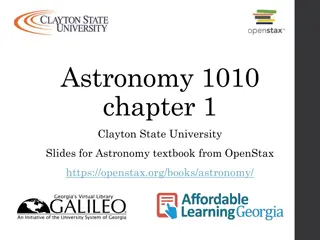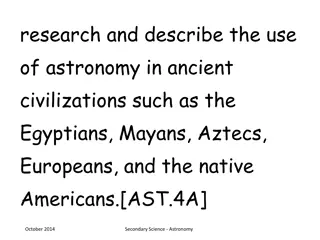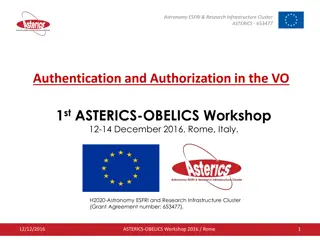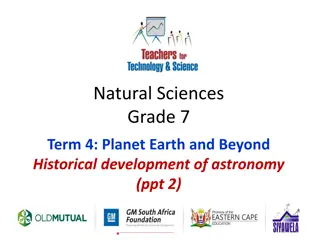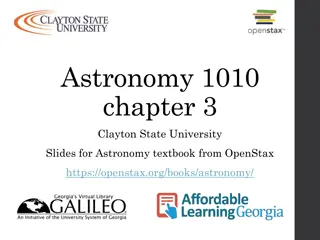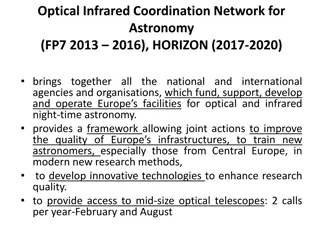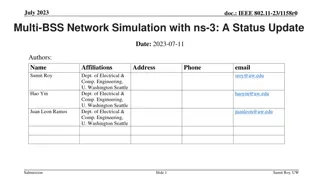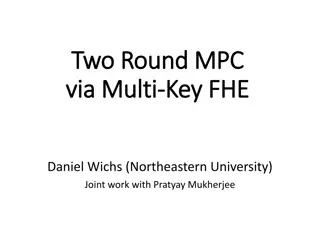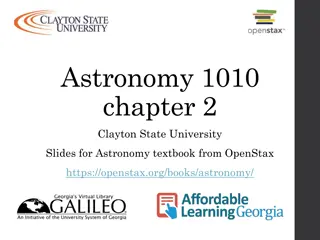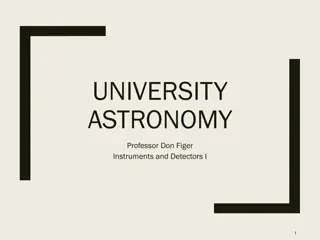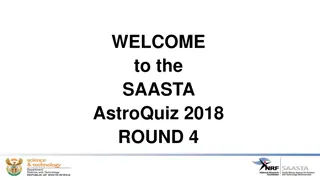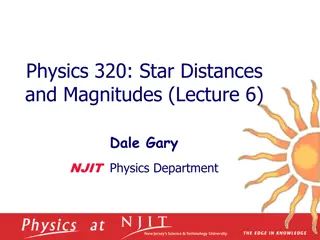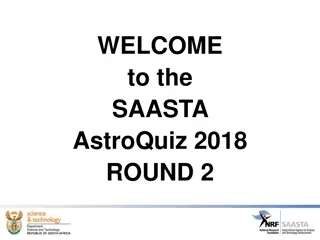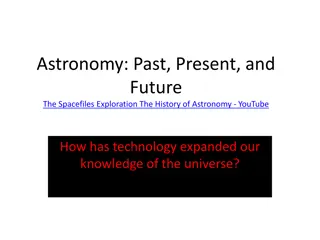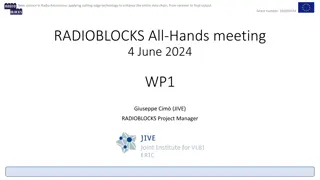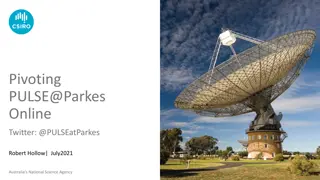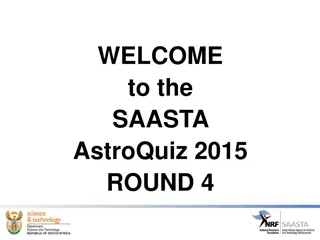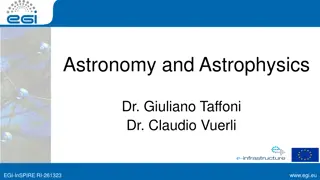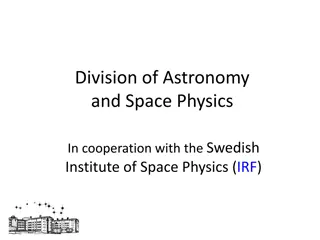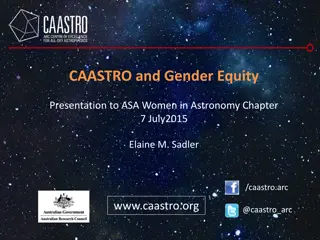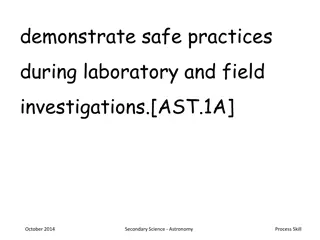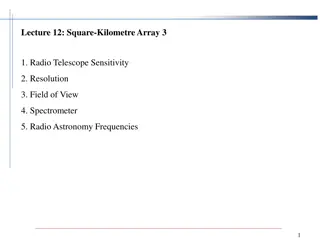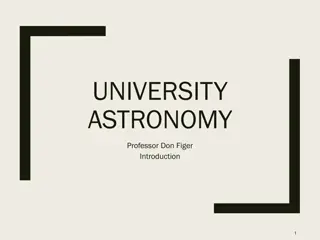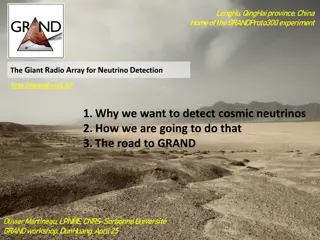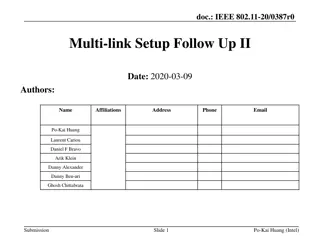Quick Recommendations for Multi-Messenger Astronomy Advancements
Top astrophysicists Neil Gehrels, Jonah Kanner, Mansi Kasliwal, and Peter Shawhan suggest leveraging existing resources like global GW networks and optical/radio surveys. They propose supporting EM capabilities development, NASA missions, and data mining for efficient observations. Additional funding could enhance GW detector sensitivities and ground-based EM capabilities. Potential strategic improvements include detector noise curve enhancements and specialized EM telescopes for optimized multi-messenger astronomy outcomes.
Download Presentation

Please find below an Image/Link to download the presentation.
The content on the website is provided AS IS for your information and personal use only. It may not be sold, licensed, or shared on other websites without obtaining consent from the author. Download presentation by click this link. If you encounter any issues during the download, it is possible that the publisher has removed the file from their server.
E N D
Presentation Transcript
Quickly Assembled Recommendations from the Multi-Messenger Astronomy Panel Neil Gehrels, Jonah Kanner, Mansi Kasliwal, and Peter Shawhan
Things that are already on track to happen with currently available (or expected) resources* A global GW network Optical Wide-Field Surveys e.g. ZTF, BG, DECam, HSC, LSST Radio Surveys e.g. VLASS, LWA, MWA, LOFAR, Apertif, ASKAP, Meerkat High energy/GRB missions e.g. SVOM * Not actions , but good to know there will be facilities with good capabilities for multi-messenger observations
Things we should do that dont require additional resources (from the GW program) Provide support for development of EM capabilities that will benefit gravitational wave astrophysics NASA space-based missions such as the proposed Lobster Explorer mission, GRB Cubesats Provide support for rapid and numerous Target of Opportunity observations Including major facilities: JWST, WFIRST, LSST? Provide support for global follow-up telescope networks on the ground (e.g. PIRE GROWTH) Encourage data mining / candidate follow-up for large optical/NIR surveys DECam, LSST, etc. Tune EM observing strategies based on detections
Things that an influx of additional money could enable, independent of what signals we detect Improvements GW detector sensitivities more GW events to do multi-messenger astronomy with A LIGO data center to produce community-friendly data sets and software, and provide support to community users A validated, public galaxy catalog to ~200 Mpc Would have other science benefits as well Additional ground-based EM observing capabilities, especially wide-field infrared imaging e.g. Gattini-IR camera, Dupont Fly s Eye camera
Ways we could use additional resources, depending on what signals we detect Strategic improvements to detector noise curves A low BNS detection rate (<5 per year) suggests more detections are needed, so low freq. noise (20-300 Hz) is a priority A high BNS detection rate (>5 per year) suggests improving high freq. to pursue better localization, NS EOS, and testing GR Improving the weakest detector in the network can benefit sky localization Improving the strongest detector in the network can benefit parameter estimation Specialized, possibly dedicated EM telescopes or instruments
Multi-Messenger Astronomy Suggested Discussion Topics GW detectors Better sensitivity maybe strategic focus on freq. band Better network EM observing Instrument capabilities Good coverage (availability, promptness) Observing strategies (galaxy targeting, etc.) Modeling For strategizing For interpreting observations Improved coordination of GW and EM observing ?


